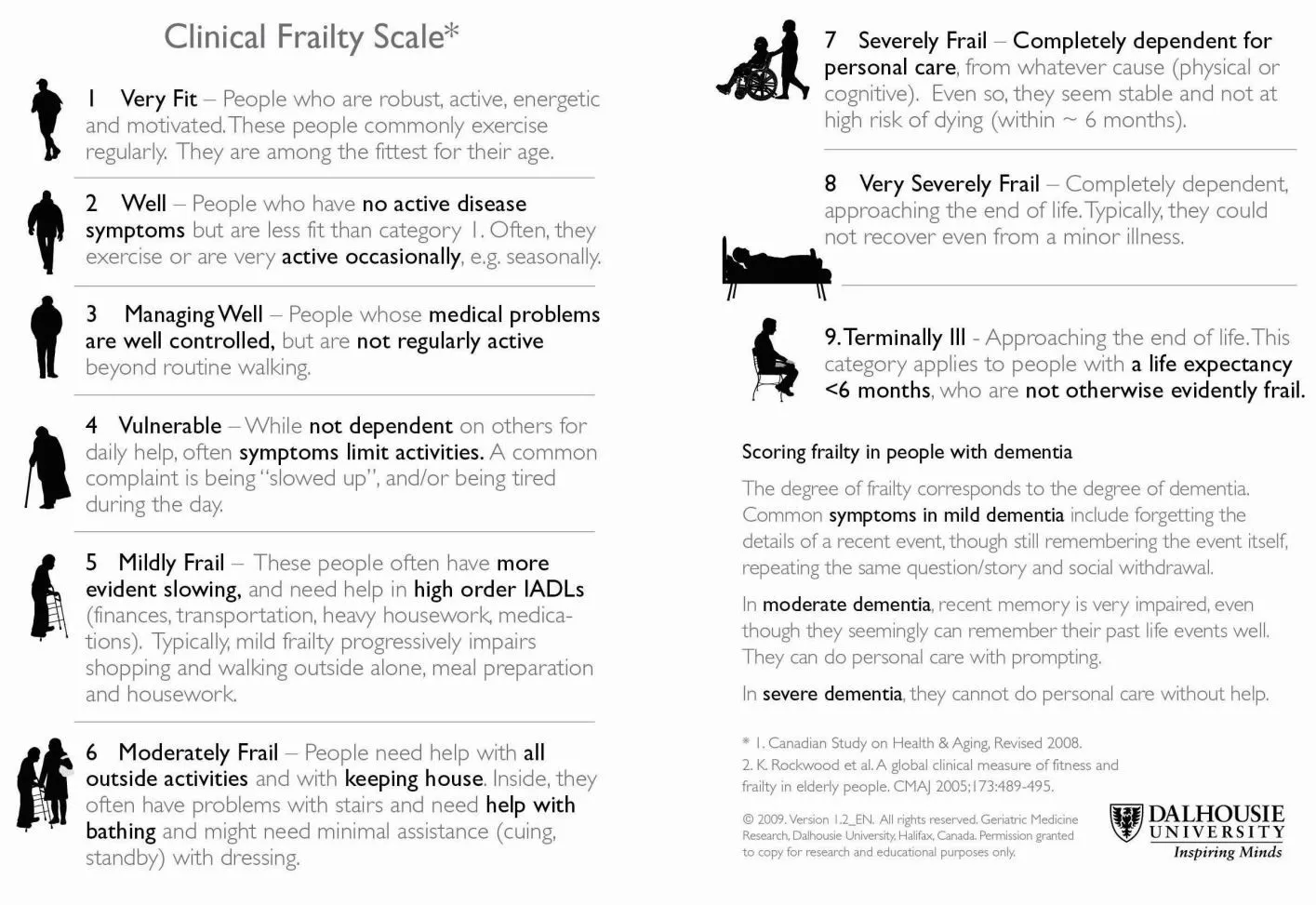Overview of scoring systems
A number of scoring systems should be calculated for patients whop undergo assessment in the POAC. Below are listed various resources and criteria that should be adhered to.
Obstructive Sleep Apnoea
- If the patient has a BMI > 35 and they are > 50 years old and do not have a diagnose of Obstructive Sleep Apnoea (OSA), assess for the likelihood of OSA using the STOP-BANG criteria. See here. If they are high likelihood for OSA, a review by a consultant anaesthesiologist is recommended.
Functional Capacity
If there is uncertainty in determining exercise capacity, use the Duke Activity Status Index (DASI)1. This can be accessed here. If the patient has METS < 4, as measured by this tool, they should likely undergo additional tests, and a consultant anaesthetist should review their case.
Further details regarding the importance of this are given in this section.
Perioperative Mortality
- If a patient has METS < 4 (as assessed using the DASI) and are undergoing major/major+ graded surgery, calculate their Surgical Outcome Risk as per SORT. See here for more details. If this is over 5%, book an ICU bed for the patient post-operatively, and have the patients case reviewed by a consultant anaesthetist. More details are in this section.
Clinical Frailty
- Patients undergoing Major or Major+/Complex surgery should have their Clinical Frailty Score (CFS) evaluated and recorded. A visual guide to the CFS is below.

References
1.
Carter R, Holiday DB, Grothues C, Nwasuruba C, Stocks J, Tiep B. Criterion validity of the Duke Activity Status Index for assessing functional capacity in patients with chronic obstructive pulmonary disease. Journal of Cardiopulmonary Rehabilitation. 2002;22(4):298-308. doi:10.1097/00008483-200207000-00014